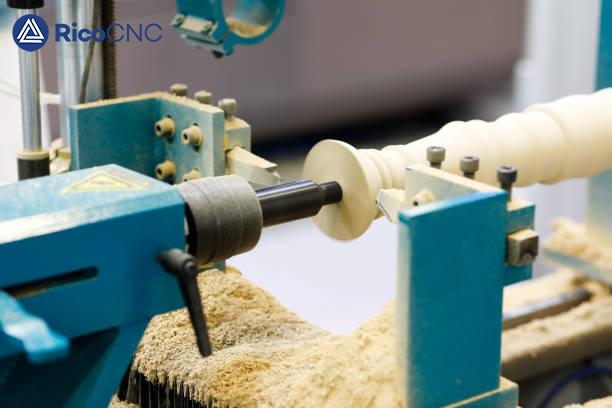
CNC lathes have revolutionized the world of machining, and at the heart of every successful CNC turning operation lies the proper selection of lathe cutting tools. Different types of cutting tools are designed to work with a range of materials and carry out various machining processes. In this article, we will explore the different types of lathe cutting tools used in CNC turning, discussing their functions, applications, and the best practices for selecting the right tool for the job.
Lathe cutting tools are essential components in a CNC lathe machine that remove material from a rotating workpiece to produce a desired shape and finish. The efficiency and precision of the turning operation depend on the type of cutting tool selected, its geometry, and the way it interacts with the workpiece.
· Cutting Tool Materials: The material of the cutting tool plays a crucial role in the machining process. Common materials include high-speed steel (HSS), carbide, cubic boron nitride (CBN), and diamond. Each material has specific properties that make it suitable for certain applications.
· Geometry and Angles: The effectiveness of a lathe cutting tool is influenced by its geometry, which includes aspects such as the rake angle, clearance angle, and cutting edge. The geometry is designed to optimize the cutting process for specific materials and machining conditions.
· Applications: Depending on the cutting tool type, lathe tools can be used for roughing, finishing, threading, boring, parting, and knurling operations.
The right selection of cutting tools not only impacts the quality of the surface finish but also influences the efficiency and overall cost of the operation. To learn more about enhancing efficiency with the right tools, consider exploring our servo drive collection, which ensures optimal control during CNC turning operations.
Turning tools are the most commonly used lathe tools in CNC turning. They are used to remove material from the surface of the workpiece and shape it into the desired form.
· Types of Turning Tools: There are two main types of turning tools - roughing turning tools and finishing turning tools. Roughing tools are used to remove large amounts of material, while finishing tools create a smooth surface finish.
· Materials: Typically, turning tools are made from carbide or high-speed steel. Carbide tools are known for their wear resistance and ability to handle higher cutting speeds, making them suitable for tougher materials like steel and alloys.
Facing tools are used to cut flat surfaces that are perpendicular to the workpiece's rotational axis. This process is essential for preparing the ends of the workpiece for further machining.
· Geometry: The cutting edge of facing tools is usually set at a right angle to the workpiece, allowing for a clean and even finish.
· Application: Facing tools are often employed at the beginning of a turning process to provide a flat reference surface for subsequent operations.
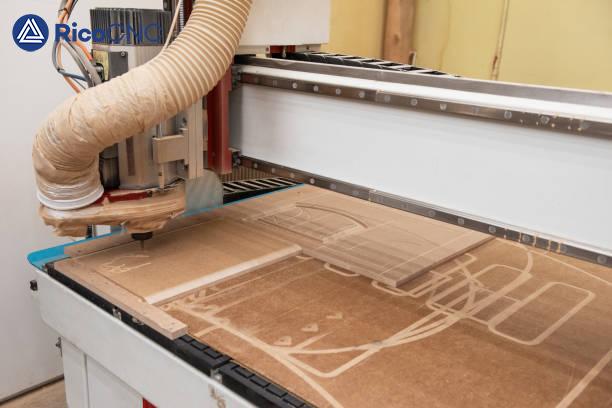
Boring tools are used to enlarge pre-existing holes in the workpiece. Unlike drilling, which creates a new hole, boring modifies an existing hole to improve accuracy or diameter.
· Tool Materials: Boring tools are often made from carbide or high-speed steel (HSS). They must be rigid to ensure accuracy when cutting the internal surface of a hole.
· Applications: Boring tools are typically used in finishing operations to achieve tighter tolerances on internal diameters.
Parting tools are used to cut off parts of a workpiece. They have a thin blade-like structure designed to make deep cuts and separate sections of the material.
· Geometry: Parting tools typically have a very narrow cutting edge, which minimizes material waste. They are designed to provide a stable cut without causing deformation.
· Application: These tools are ideal for creating grooves or separating completed components from the workpiece.
Threading tools are used to create threads on the surface of the workpiece, either internally or externally. The cutting edge is shaped in the form of the thread profile.
· Types of Threads: Threading tools can create a variety of thread types, including metric, unified, and ACME threads. Each type requires a different tool geometry.
· Materials: Threading tools are commonly made from carbide or HSS to maintain durability and sharpness.
Threading tools must be used precisely to ensure that the threads are even and uniform. Proper threading can enhance the fit and functionality of machine parts.
Knurling is a unique operation used to create a patterned texture on the workpiece's surface, often for grip or decorative purposes.
· Tool Design: Knurling tools have a series of ridges that press against the workpiece to produce the desired pattern. The knurling tool is not designed for cutting but rather for displacing material to form ridges.
· Application: Knurling is often used on tool handles or knobs where a better grip is required. It is also used for aesthetic purposes to give a textured appearance.
The geometry of a cutting tool is crucial for determining how it interacts with the workpiece. Different angles on the cutting tool contribute to the efficiency of the machining operation.
The rake angle affects how smoothly the material is cut and the shape of the chip that is formed. A positive rake angle reduces cutting forces, making it easier to cut softer materials like aluminum, whereas a negative rake angle increases tool strength, suitable for hard materials like steel.
The relief angle provides clearance between the tool and the workpiece, reducing friction. It prevents the tool from rubbing against the workpiece, which can lead to excessive wear and poor surface quality.
The cutting edge angle determines the direction of the cut and plays a role in tool life and surface finish. An optimal cutting edge angle can reduce tool wear and provide a better surface finish.
For an efficient machining process, it is vital to choose a tool with the correct geometry tailored to the material and type of cut being made.
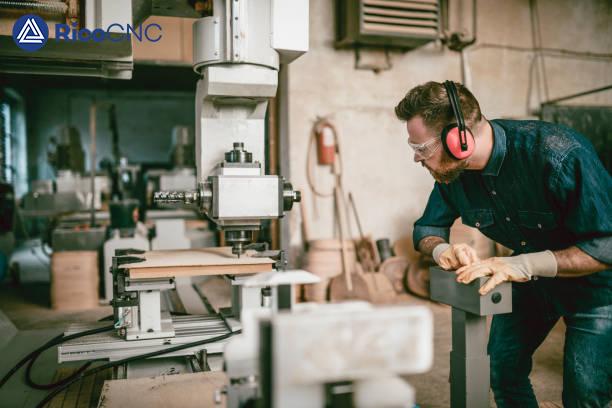
Lathe cutting tools are made from materials like high-speed steel (HSS), carbide, cubic boron nitride (CBN), and diamond. Each material has properties that make it suitable for specific applications.
Roughing turning tools are used to remove large amounts of material quickly, while finishing turning tools are used to create a smooth surface and precise dimensions.
The choice of cutting tool depends on factors like material type, machining operation, desired surface finish, and tool life. Carbide tools are ideal for harder materials, while HSS is suitable for general use.
Knurling creates a patterned texture on a workpiece, often for better grip or aesthetic purposes. It is commonly used on tool handles or control knobs.
Ensure that the tool geometry is appropriate for the material being cut, maintain sharp cutting edges, and use suitable cutting speeds and feed rates to prevent tool wear and achieve a high-quality surface finish.
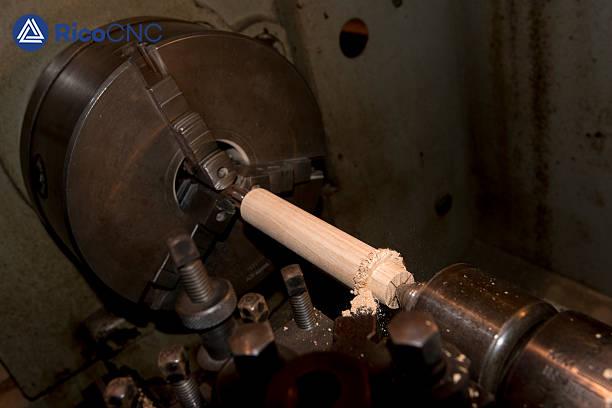
Lathe cutting tools play an essential role in the effectiveness of CNC turning operations. Understanding the different types of tools available, such as turning tools, facing tools, boring tools, threading tools, and knurling tools, helps ensure that each machining operation is carried out with precision and efficiency. The right tool selection, paired with proper tool geometry and the correct machining parameters, significantly enhances productivity and provides high-quality results.
To further enhance your CNC turning processes, explore our range of advanced tools and components that integrate seamlessly into your machining setup, ensuring precision, safety, and efficiency throughout the operation.
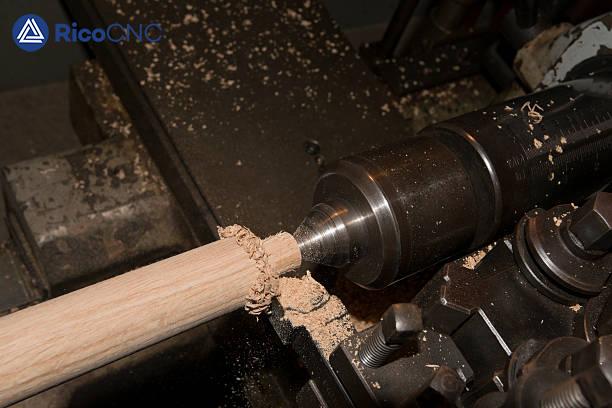
Contact: RicoCNC
Phone: 0086-13390848665
Tel: 0086-51268235075
Email: cncsale@ricocnc.com
Add: NO. 60, Weixin Road, Industrial Park, Suzhou, Jiangsu, China, 215000
 online service
online service 0086-15264185266
0086-15264185266 cncsale@ricocnc.com
cncsale@ricocnc.com